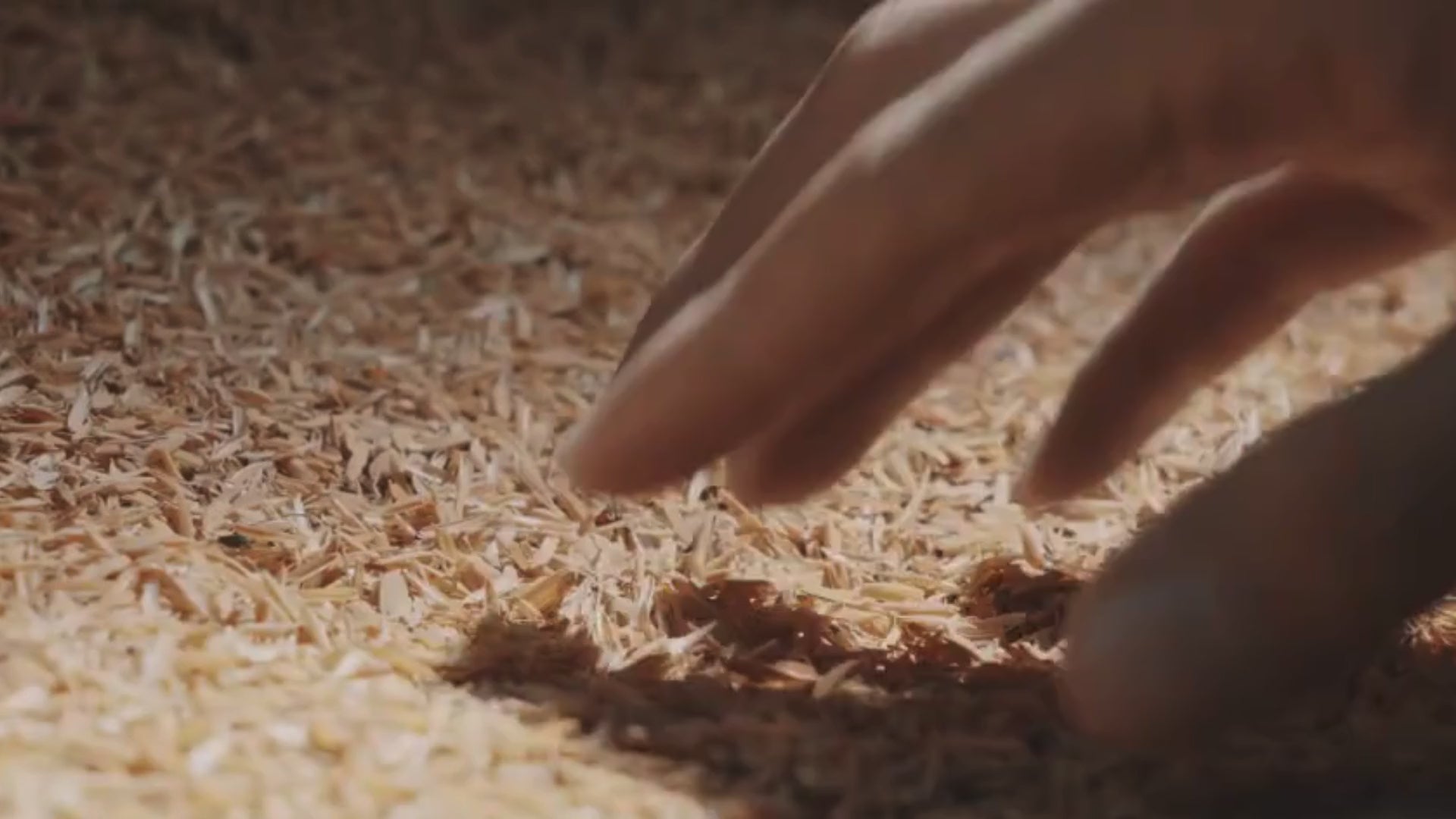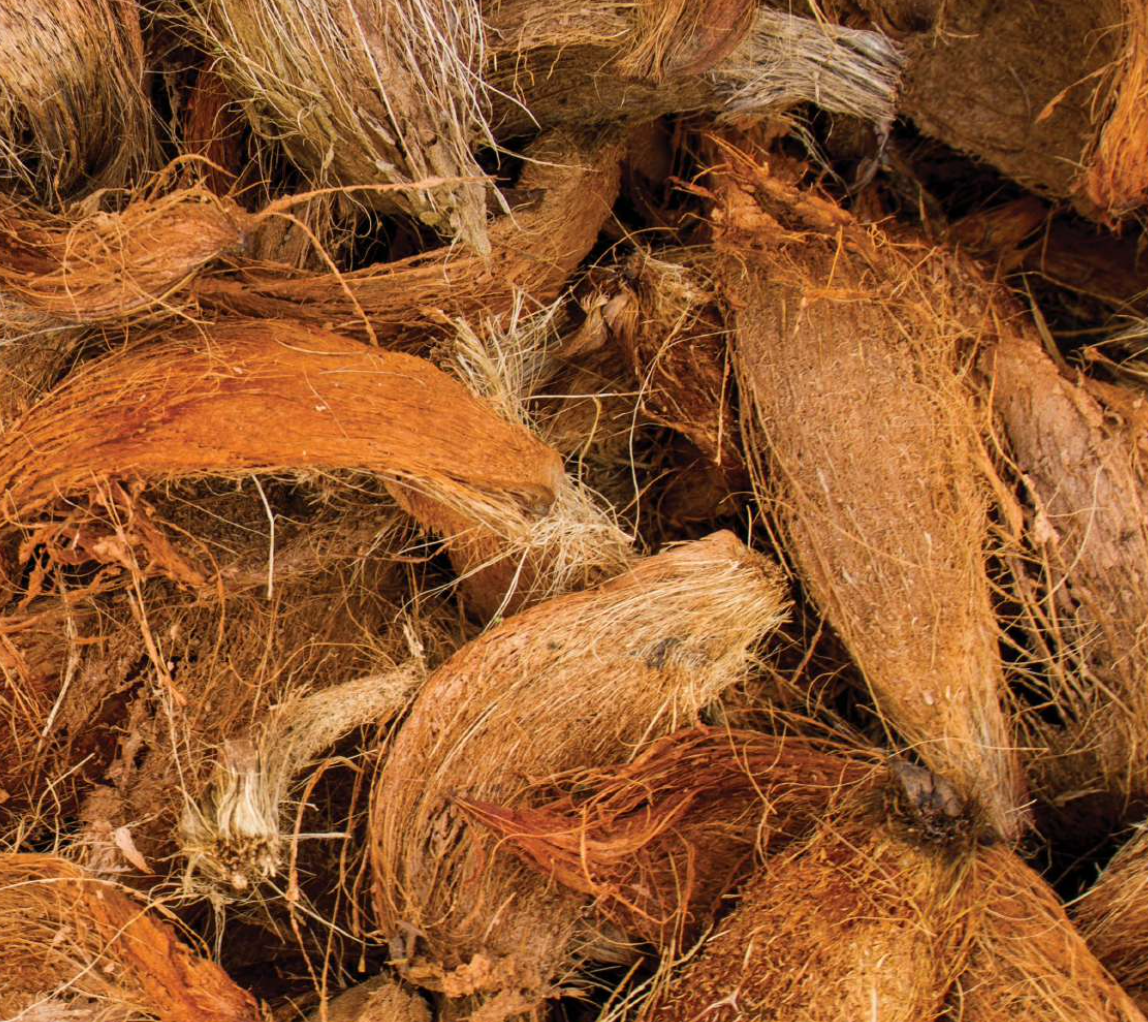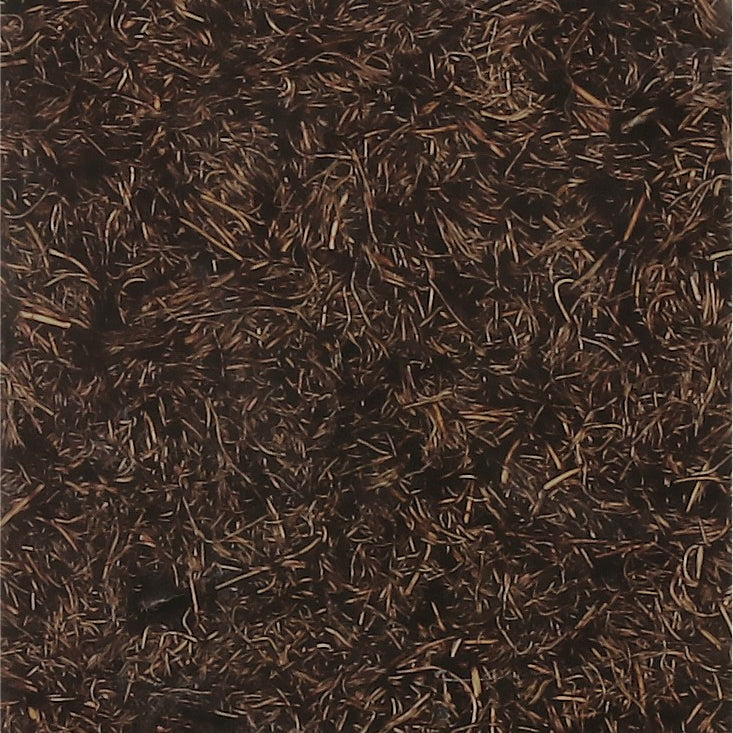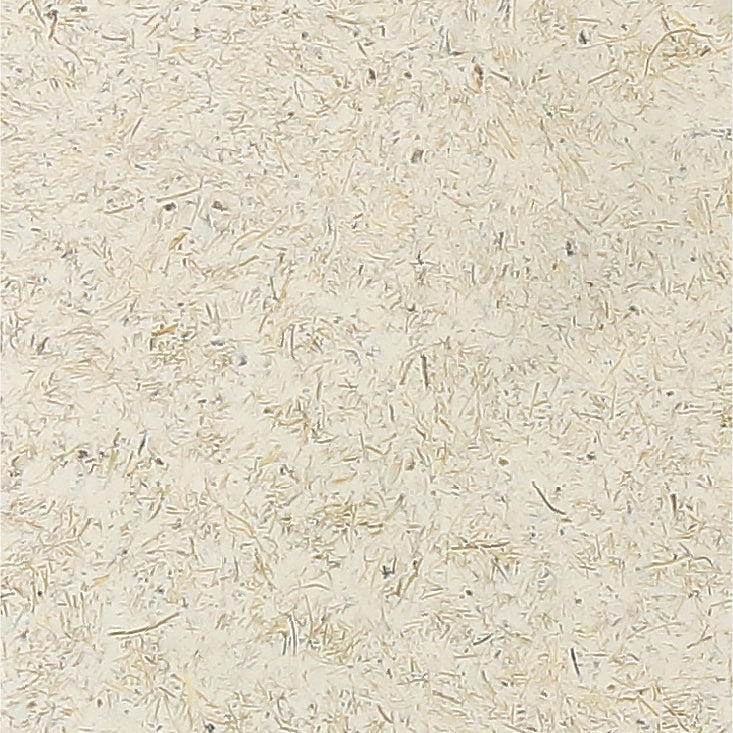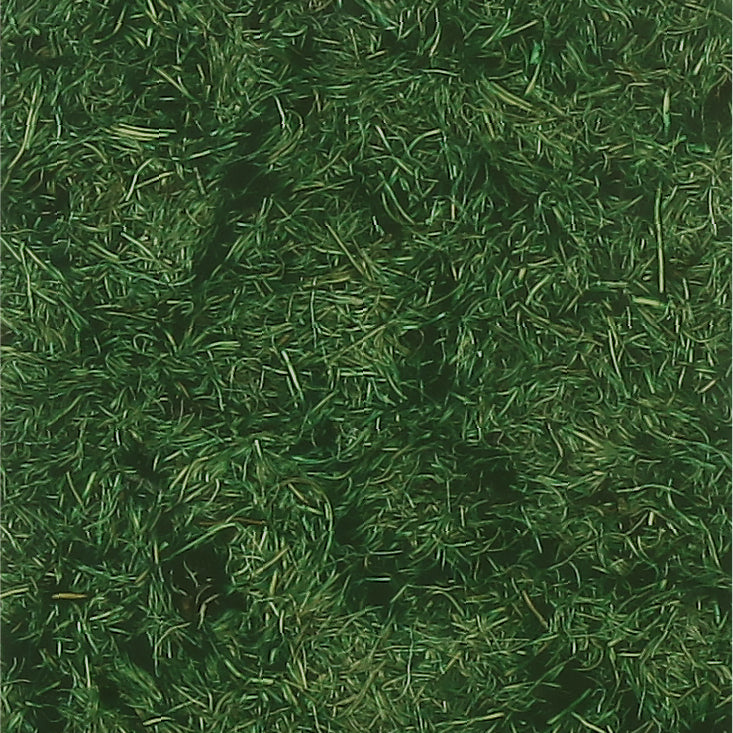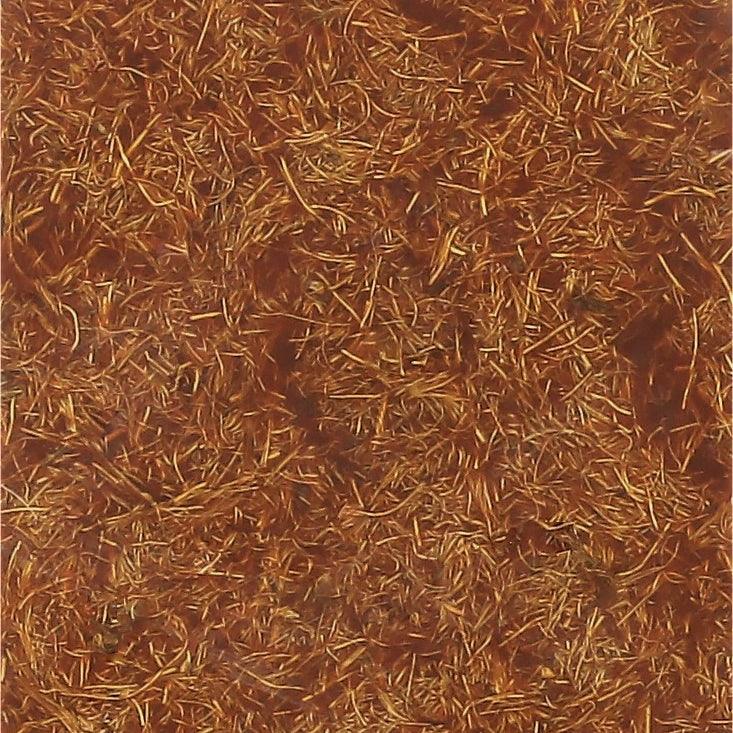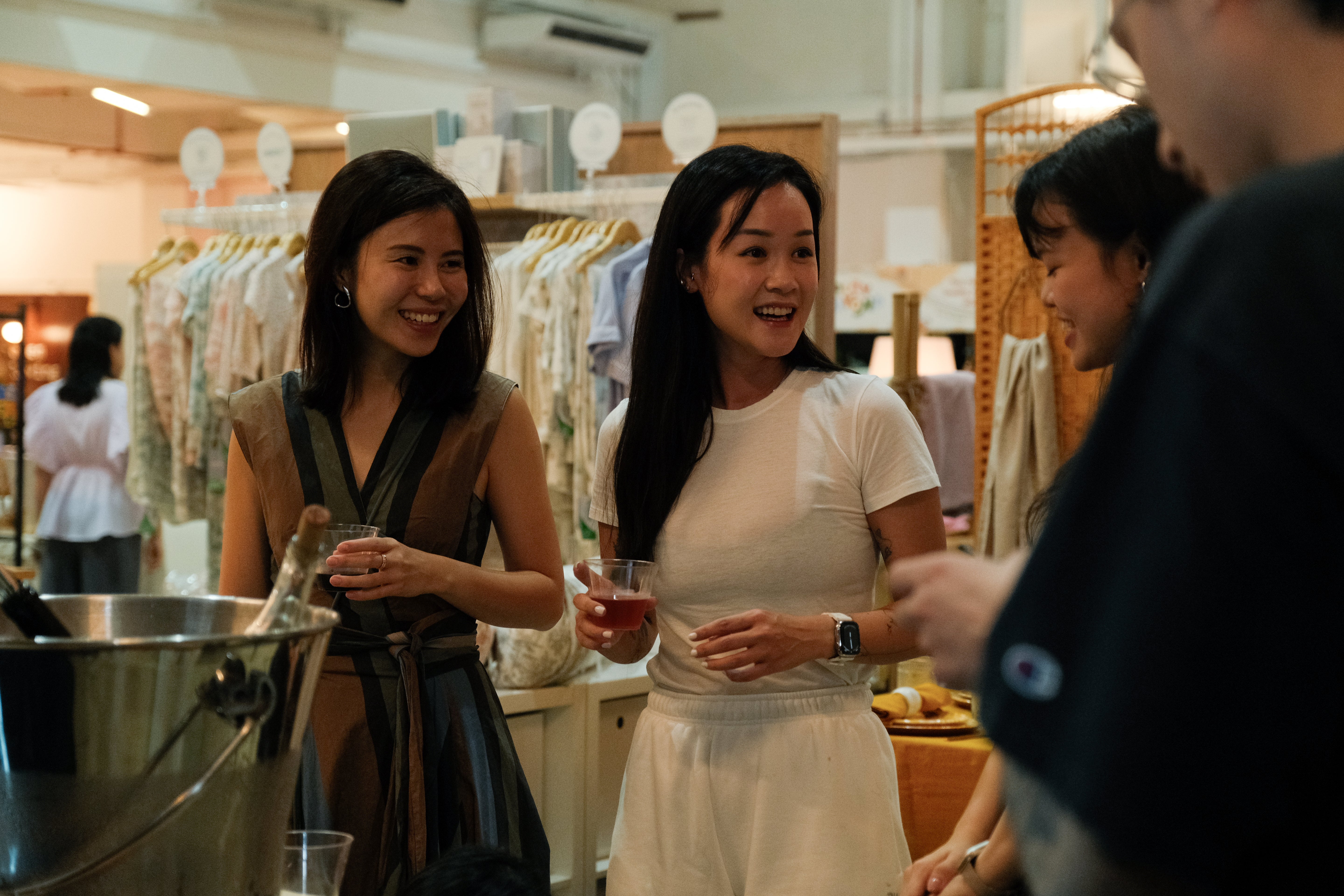Value lies at the heart of our circular design thinking.
Through creating, preserving, and reclaiming value, we believe in the need to reimagine the traditional design process, where every element serves a purpose beyond its initial use.
MATERIAL 001
Coconut Fibres
Coconut fibres, a by-product of the coconut industry, are being upcycled into a sturdy, versatile material. Coir, as it's known, is strong, durable, and resistant to moisture, pests, and mold. When processed, it can replace synthetic materials in various products.
The need for upcycling is clear: of 70 billion coconuts harvested annually, 90% are burned or landfilled, generating over 35 million tons of CO2 emissions. Additionally, 20 million tonnes of coconut husks go unused after processing.
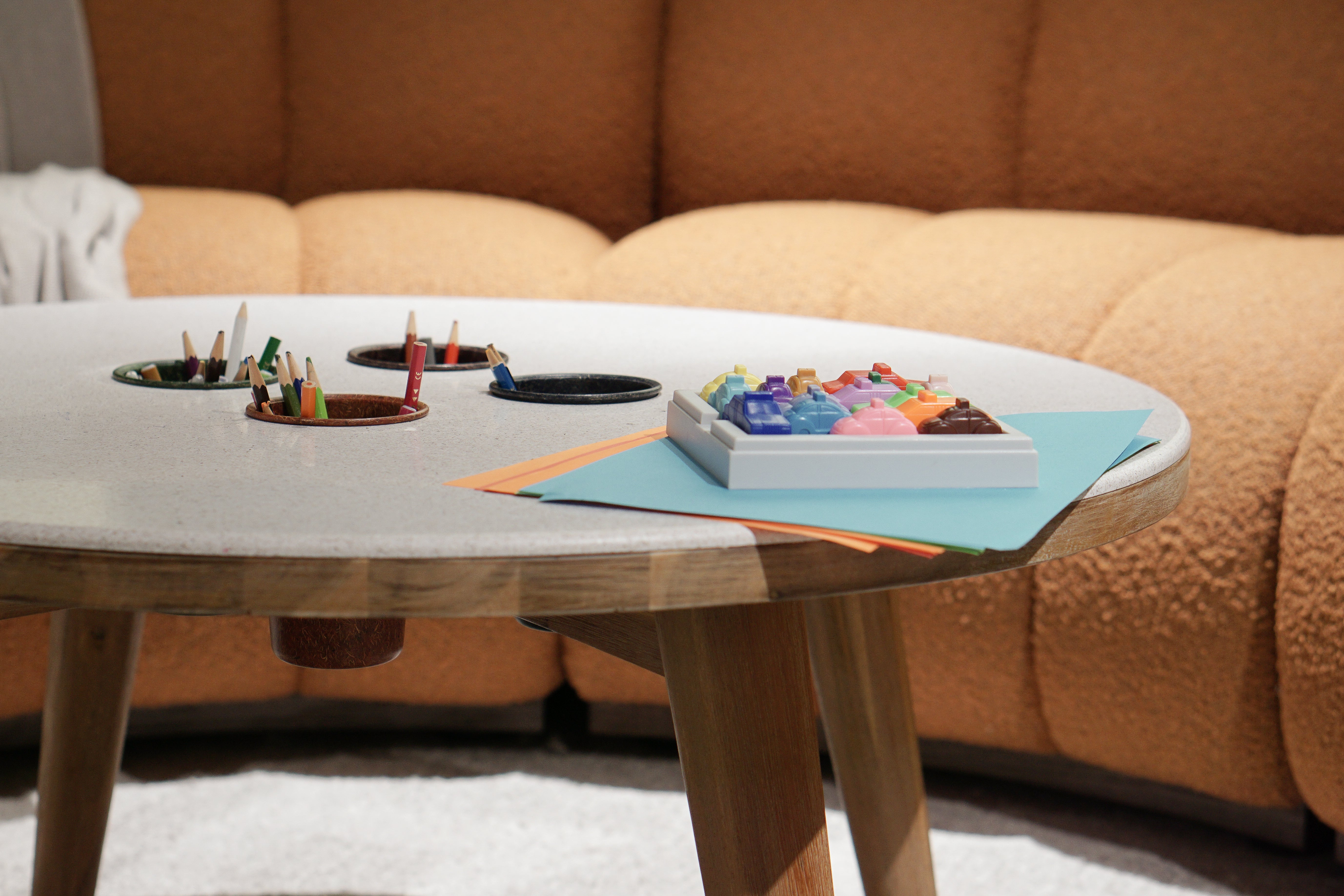
Castlery: Reimagined Furniture
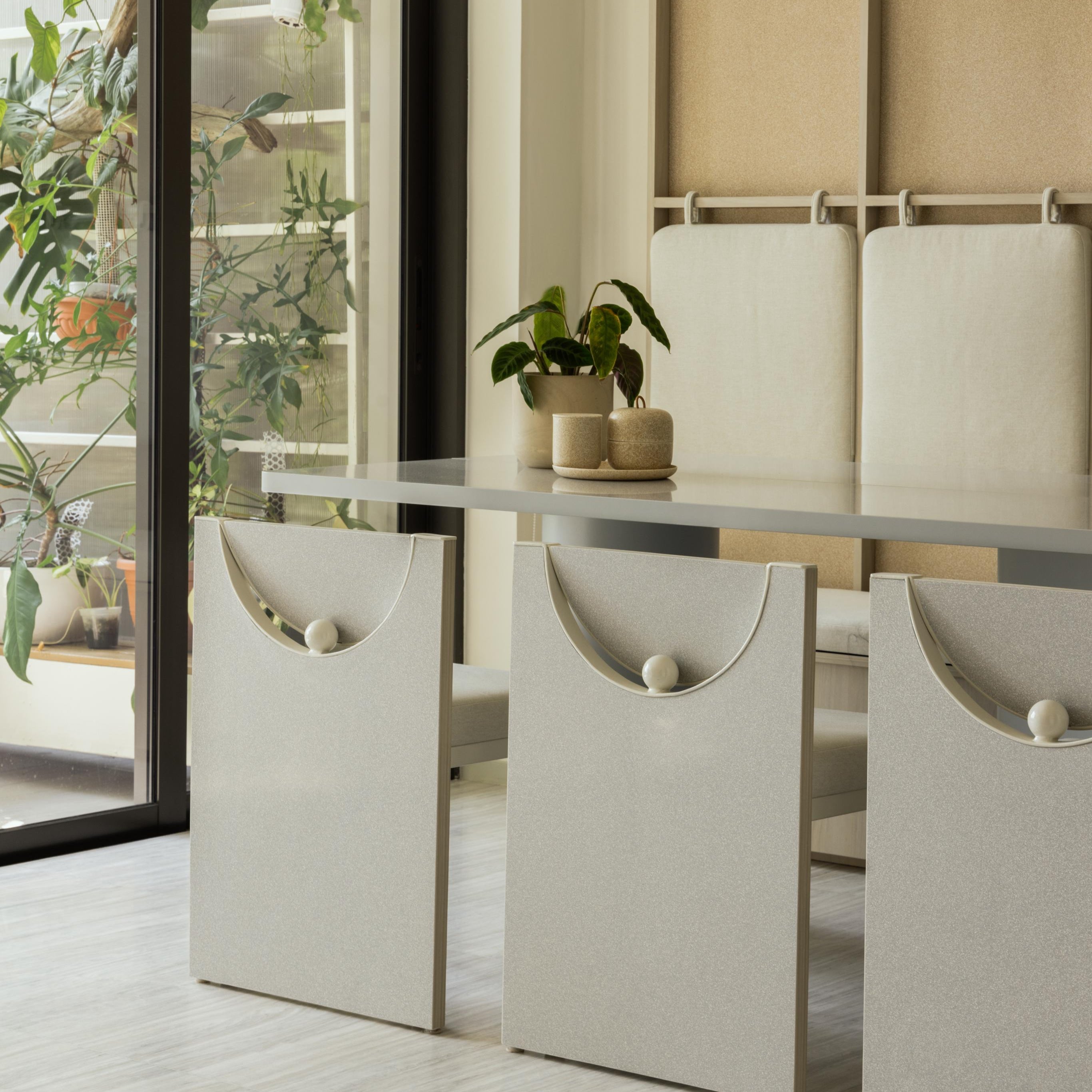
Residential Project
MATERIAL 002
Eggshells
Eggshells, a by-product of the food industry, are being upcycled into a strong, bio-based material. Rich in calcium carbonate, they enhance durability, heat resistance, and biodegradability—offering a sustainable alternative to traditional fillers in composites. When processed, they can be used in products like tableware and home decor.
The need for upcycling is critical: the food industry discards over 8 million tons of eggshells annually, most of which end up in landfills, releasing methane as they decompose. With limited large-scale disposal solutions, repurposing eggshell waste into high-value materials helps reduce environmental impact and resource waste.
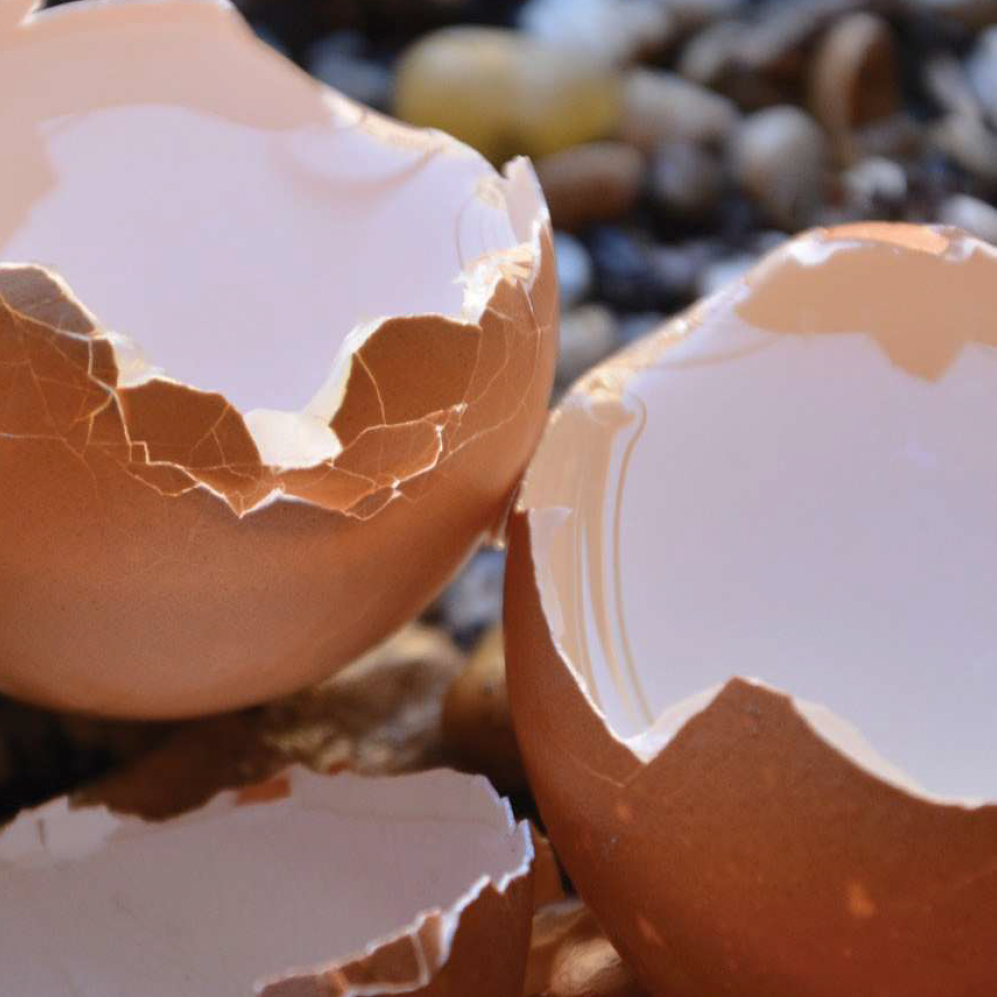
Eggshells

NUDE
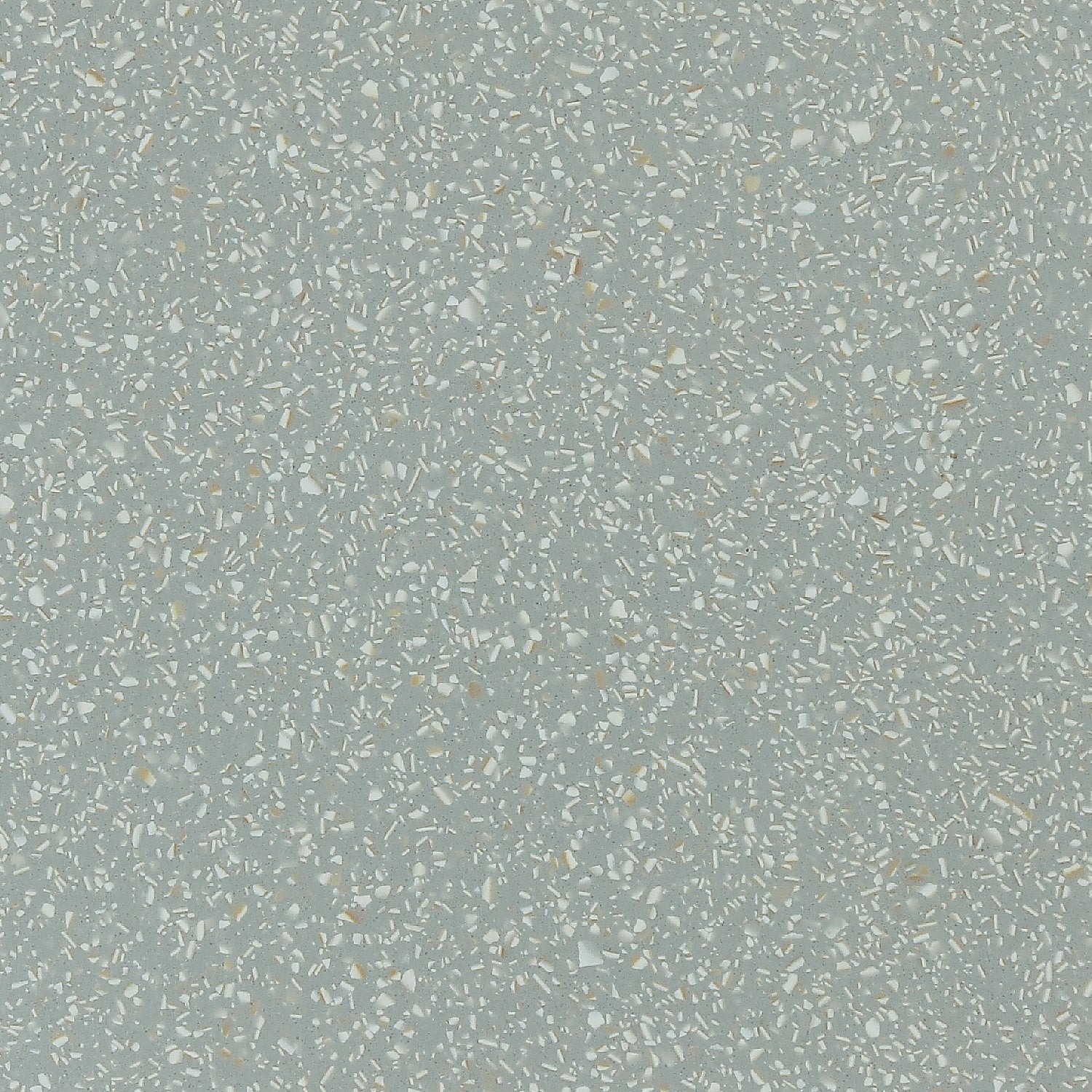
GRAY
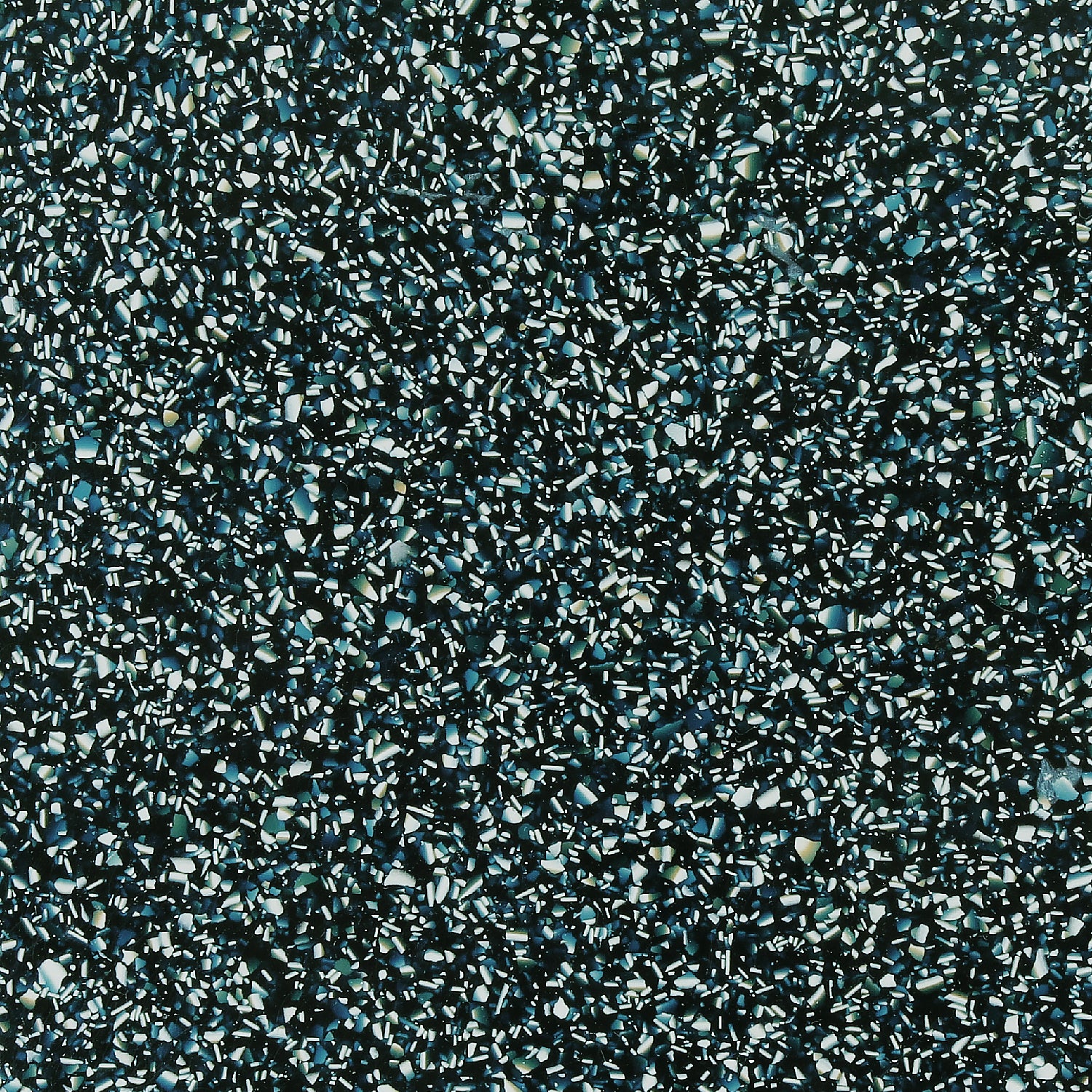
OCEAN
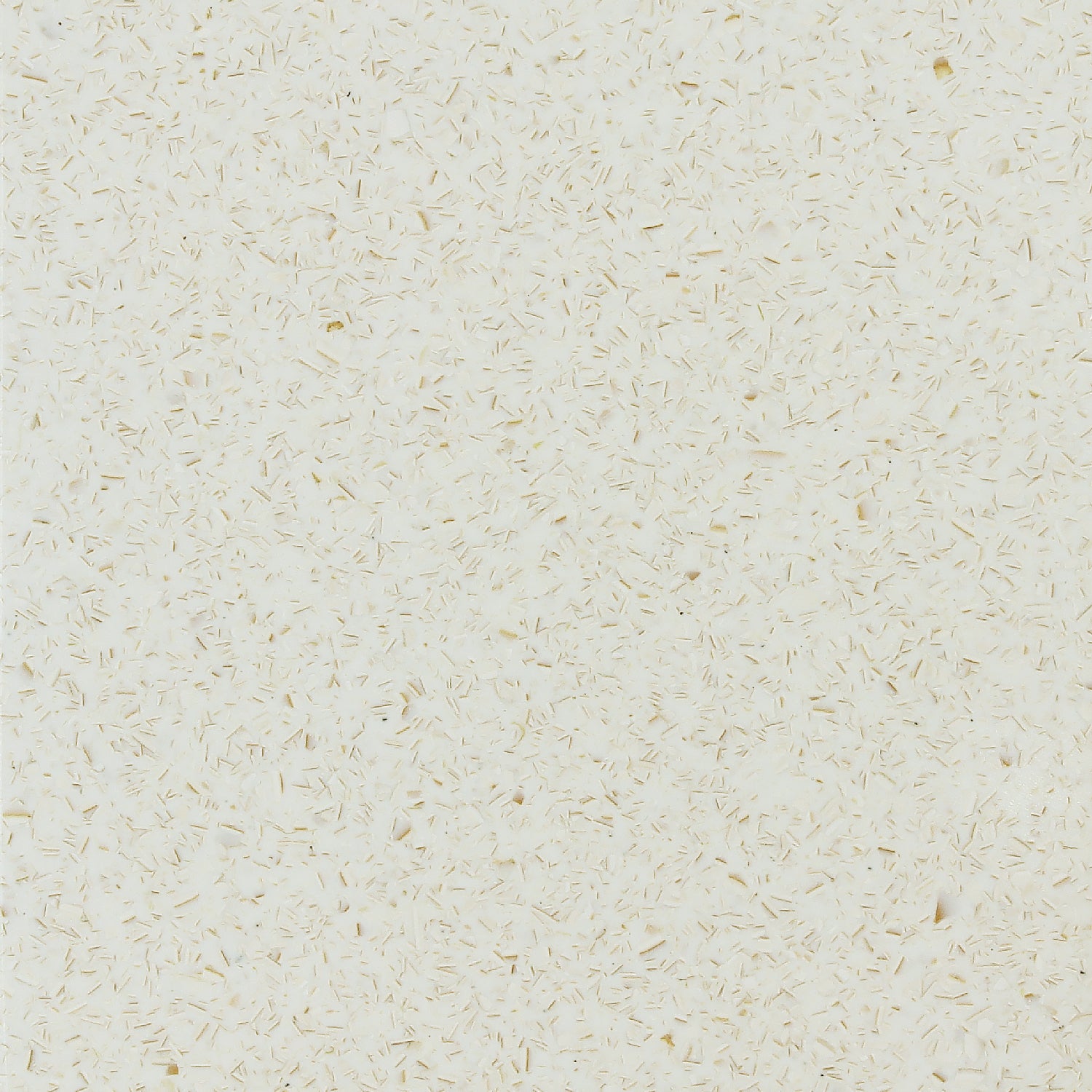
IVORY
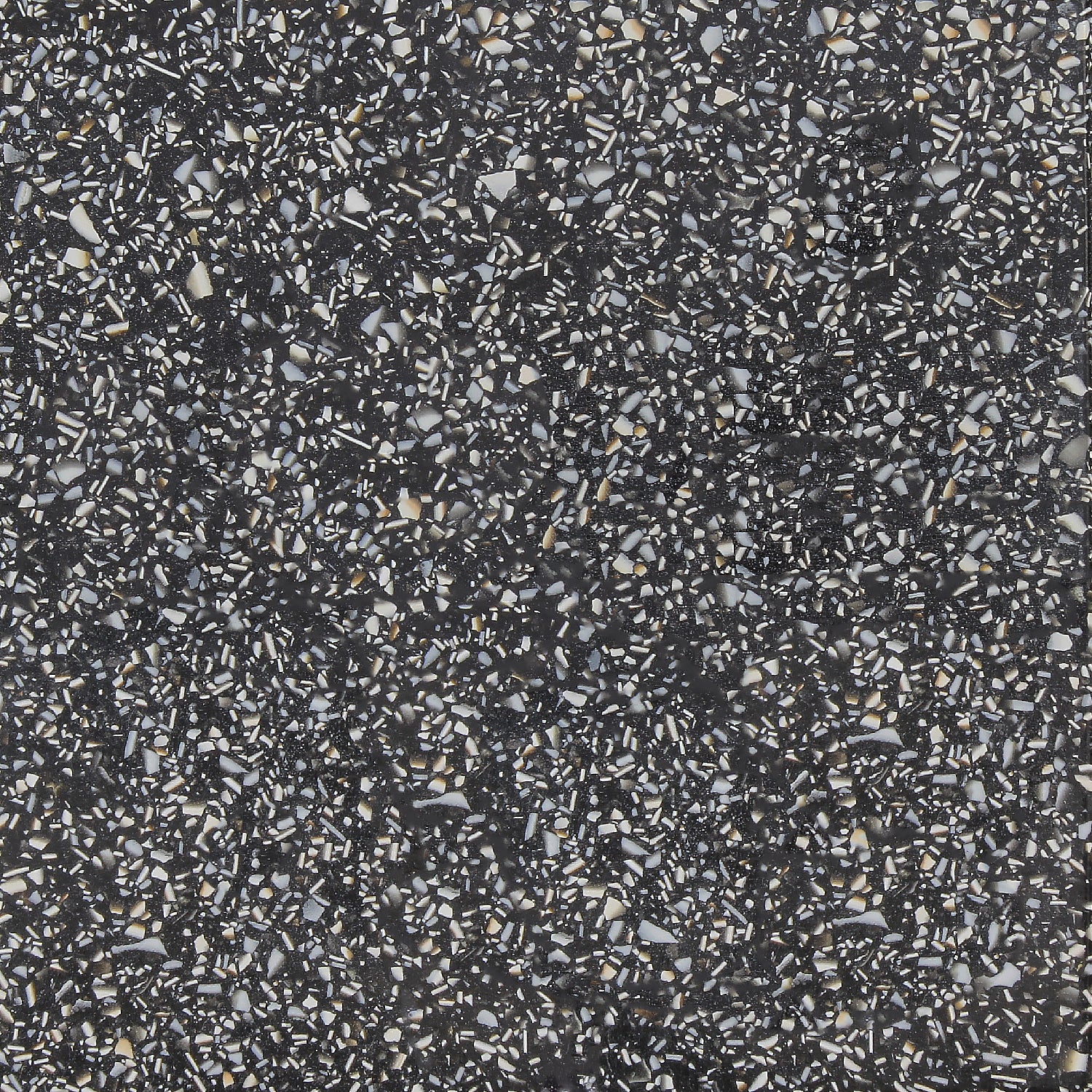
BLACK
MATERIAL 003
Rice Husks
Rice husk, an abundant by-product of rice production, is being transformed into a durable, eco-friendly material. Naturally high in silica, it offers strength, heat resistance, and water repellency—making it a valuable alternative to synthetic materials. When processed, it can be used in sturdy, lightweight products like tableware and furniture.
The need for upcycling is urgent: over 100 million tons of rice husk are generated annually, with much of it burned or discarded, releasing CO₂ and fine particulate matter into the air. Its slow decomposition and non-biodegradable nature add to environmental strain, making innovative reuse essential.
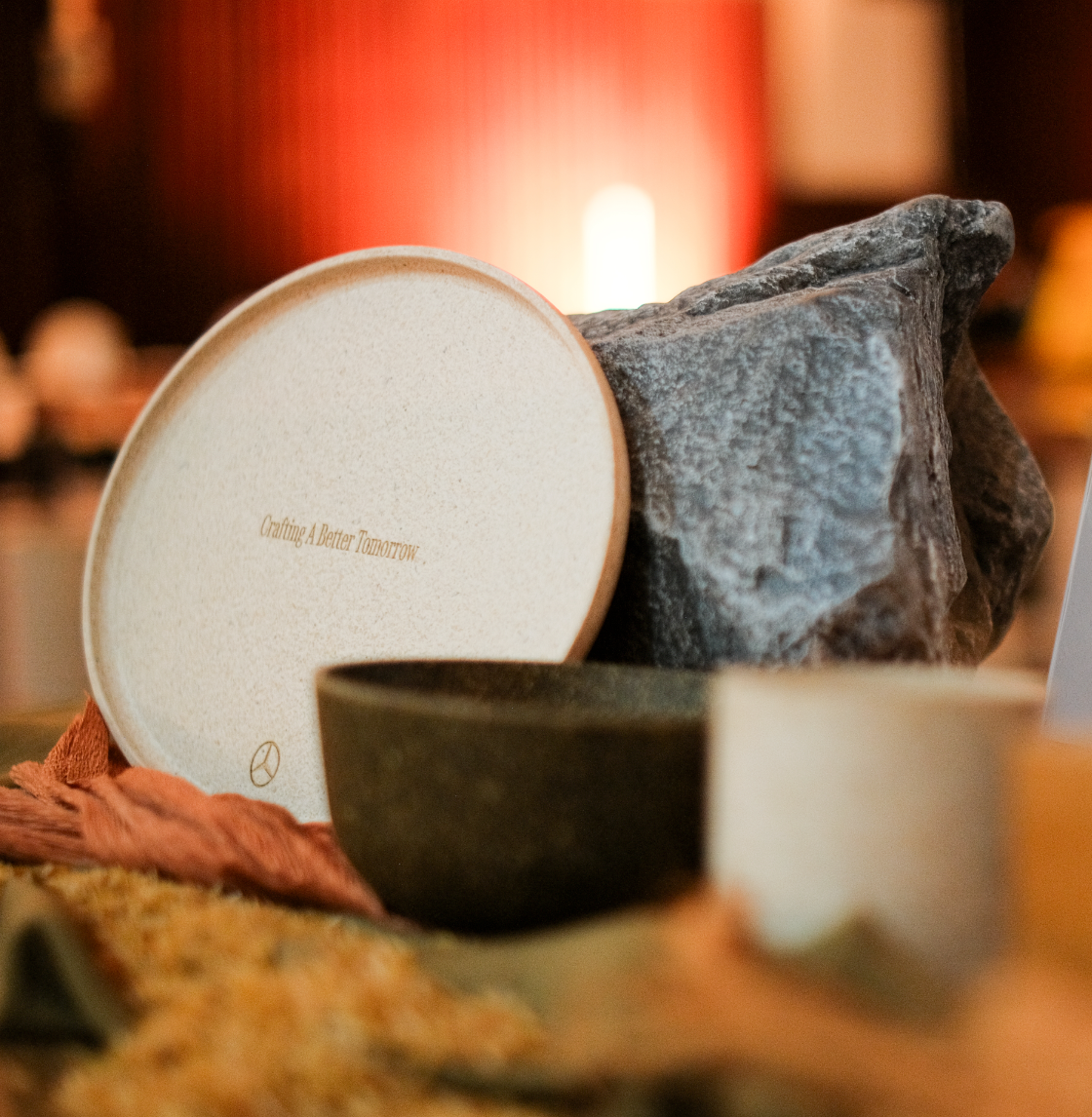
Customised Dining Ware
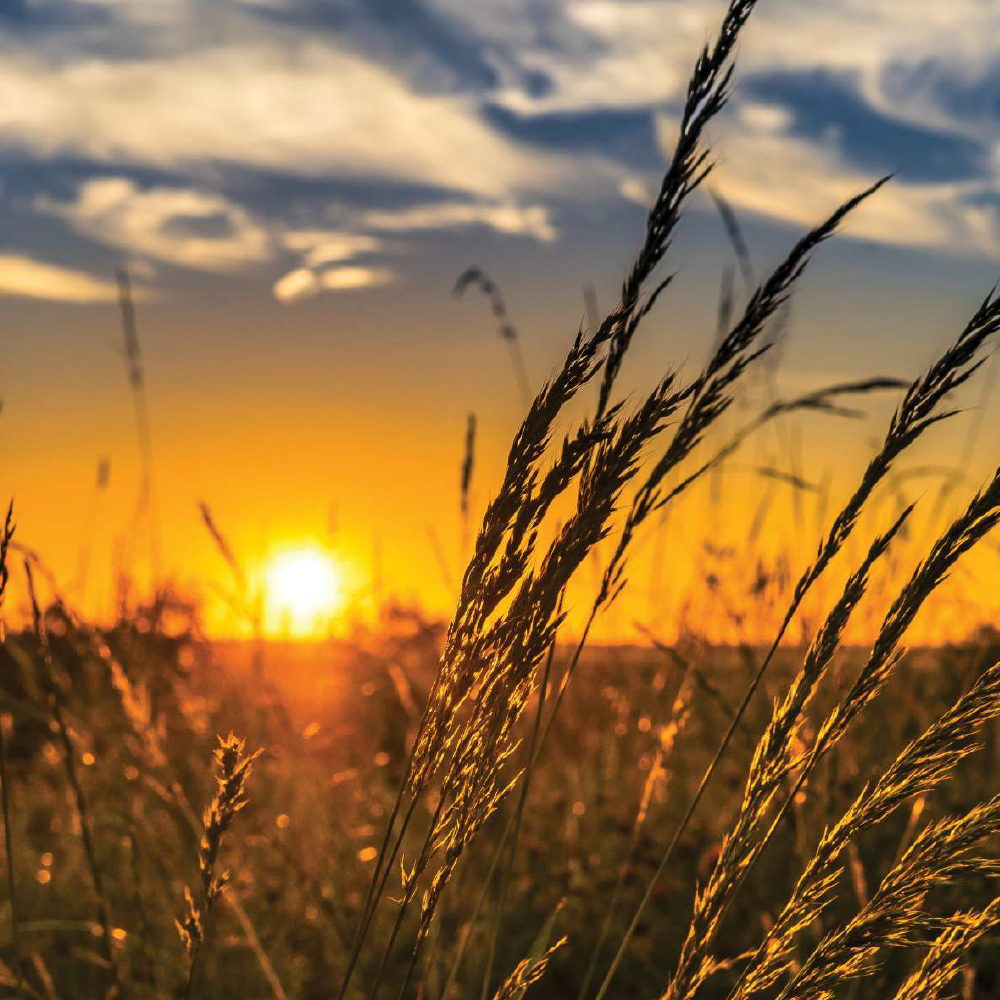
Rice Husks
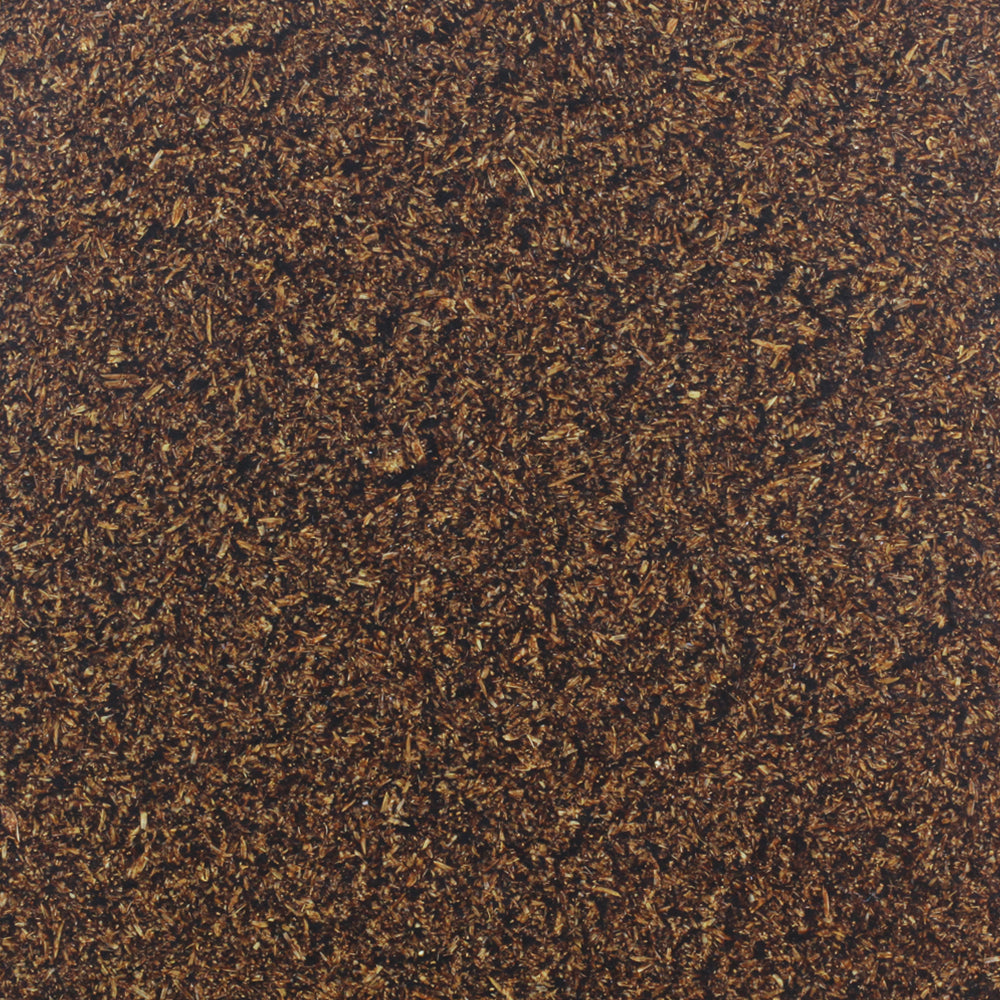
WALNUT
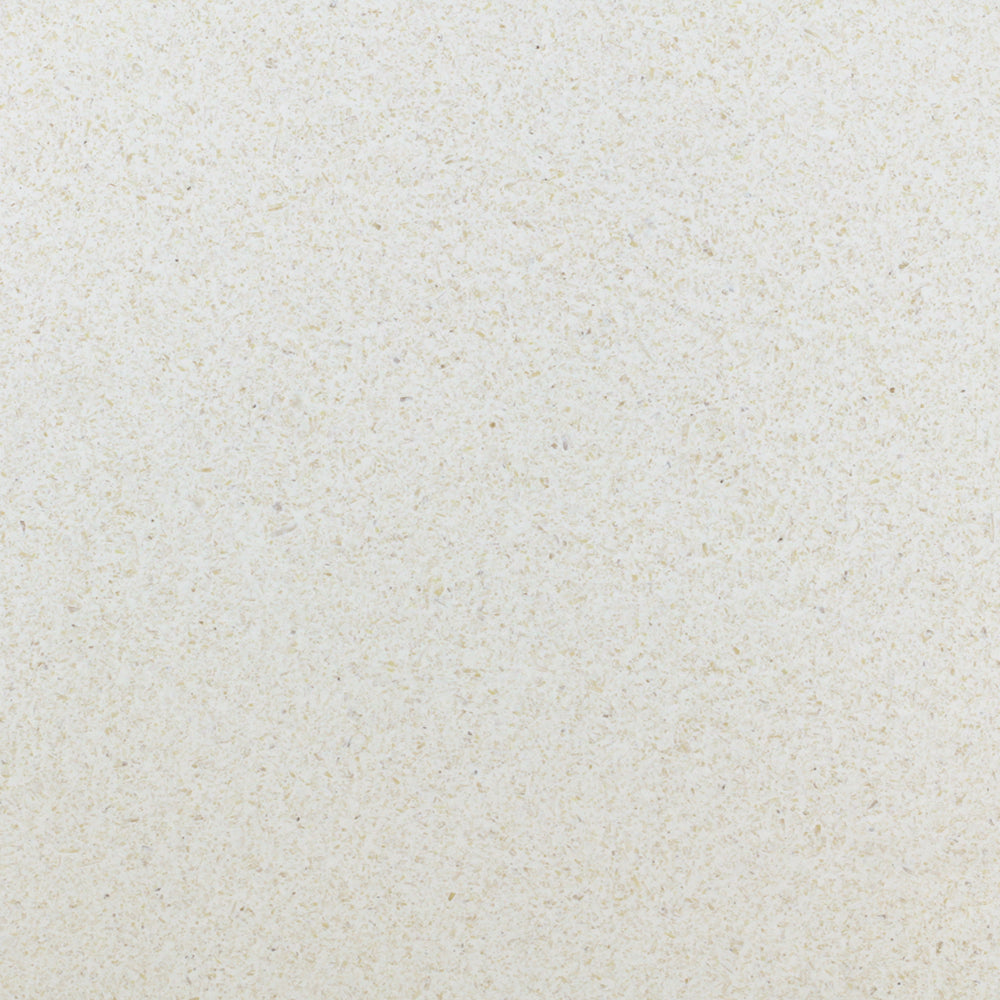
DUNE
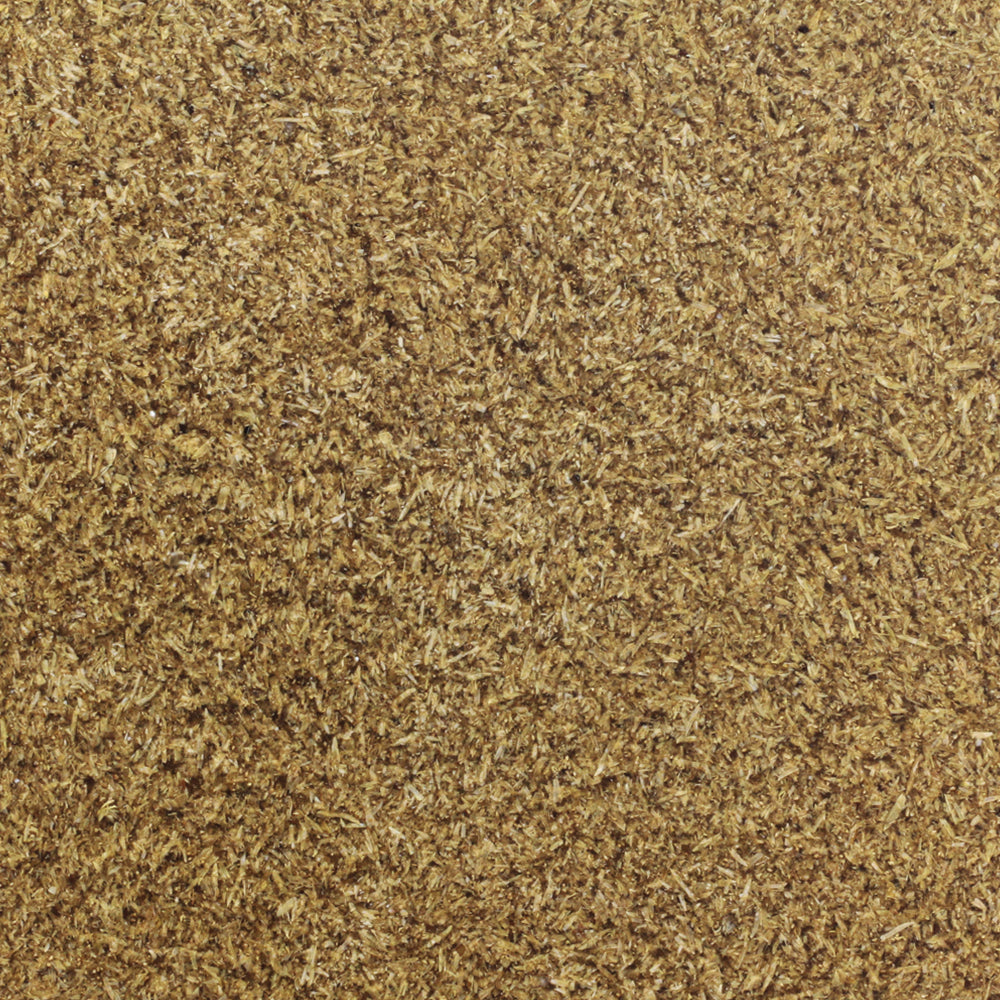
CORNSILK
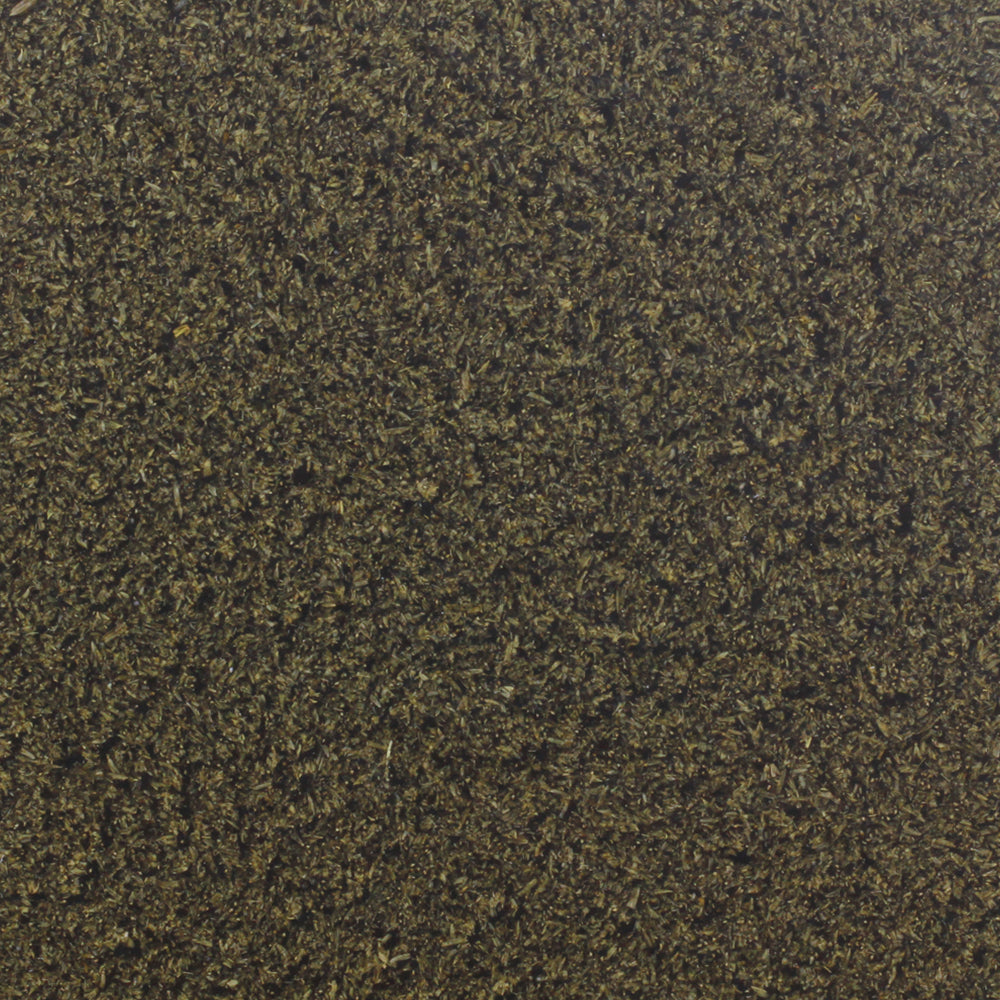
CHARCOAL
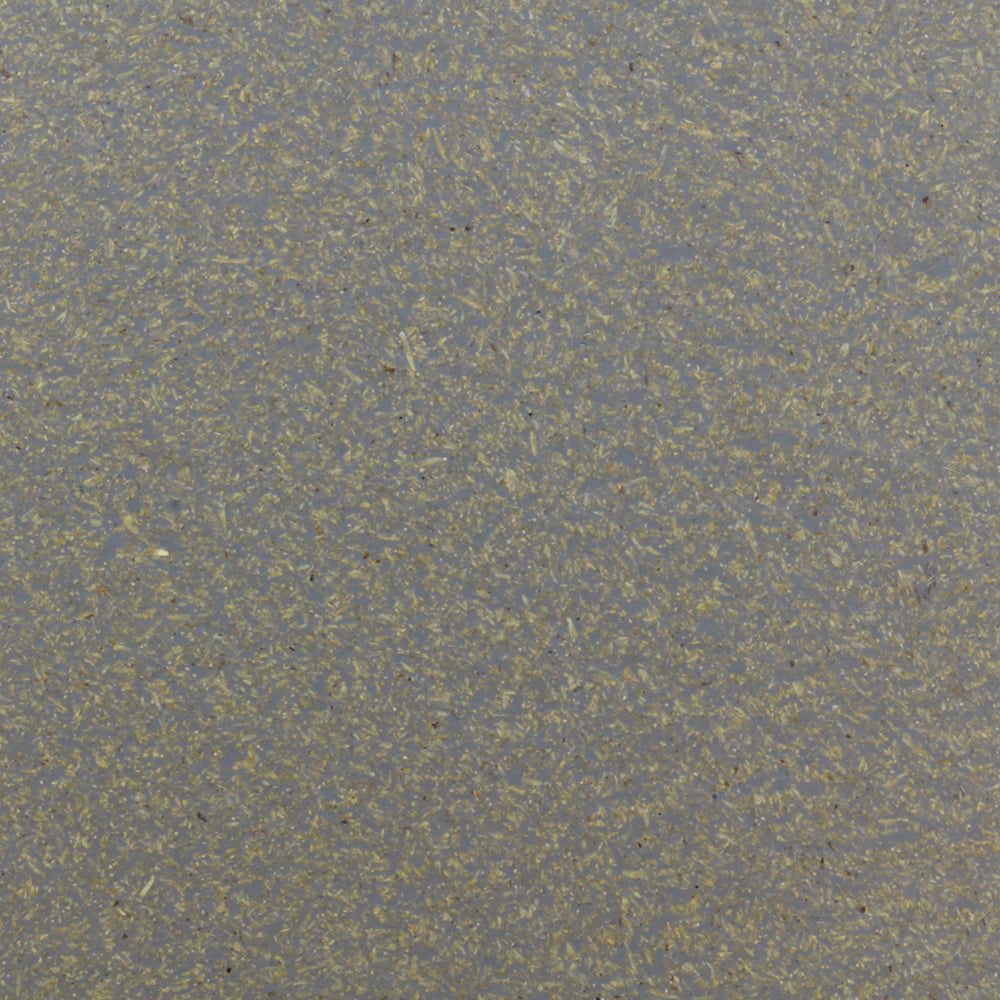
SHADOW OAK
Want to learn more?
Contact us and share with us your requests!



